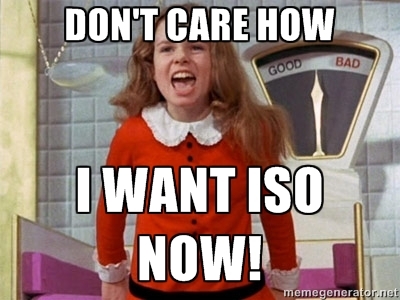I (Shannon) get a lot of questions from parents around the holidays when it comes to money.
Parents are worried about spoiling their kids but also being cheap. It’s a tough balance. So, I went to the fabulous Lindsay Simmons, a child/youth therapist (and also my big sister) and asked her for some insight. I’ve been going to Lindsay for insight since I was 4, she’s never let me down.
Me: Lindsay, what does it mean to actually “spoil” your kids?
Lindsay: It’s important to differentiate between a little bit of overspending and consistently over indulging our children. If we set of a budget of $100 per child at the holidays and we go over by $20-$30 I wouldn’t worry too much about that. But, if we start seeing a consistent pattern of over-spending and over-indulging our children, then we may want to start looking at our spending patterns and the messages that our kids may be getting.
Me: Why is it important to be aware of over-doing it with our kids?
Lindsay: We know that kids take their cues from their parents…so if a parent consistently (even if it is inadvertently!) places a high value on material items (clothes, toys, etc) by overspending, over-doing, or over-indulging a child, we can expect to see these children starting to place a higher emphasis on material items as they grow up. The inadvertent message that these kids receive is that “things = happiness”. Therefore, the more things I get, the happier I must be!
And there is plenty of research out there that shows a concerning link between materialism and mental health. Typically, kids/teens who place a greater emphasis on material items also show lower levels of self-esteem and overall happiness while simultaneously experiencing greater levels of anxiety.
Me: So what should parents do?
Lindsay: Here are my four tips on how to avoid spoiling your kids.
1. Set realistic financial limits for yourself and do your best to stick to them. I often tell my clients that a great way to stay on budget is to make a specific list – and stick to it. Or maybe try online shopping to avoid distractions (just watch out for shipping costs!), or go shopping with a buddy who will keep you focused.
2. Remember the holidays aren’t about the gifts! Try to take the emphasis of the holidays away from presents and help to refocus it on traditions. Develop fun, “non gift related” traditions, for your kids to get excited about at this time of year. For example – doing holiday crafts, reading stories and baking are great ways to get young children excited about the holidays. For older kids, try going out for a “holiday treat” or ice skating or walking or volunteering together. If you find you get stuck coming up with ideas, just ask your family what they would like to DO this year, instead of what would they like to GET. It’s a subtle shift, but it can have a huge impact on how you and your family look at the holidays.
3. Consider getting involved in a charity as a family. Some folks like to volunteer their time together, others choose to sponsor a family, or shop for gifts to donate – you know your crew best, so pick something that will work for everyone. Just make sure you explain WHY you are getting involved with a charity. If you are worried about how to open a dialogue with younger children (4yrs +) I recommend the book “Maddi’s Fridge”(Written by Lois Brandt, Illustrated by Vin Vogel) it is a great way to introduce the idea that we don’t all have enough, while also helping kids see the value of giving.
4. The most important thing to keep in mind here is that we all love our kids and we all want them to be happy – especially at the holidays!
Amazing! Thank you Lindsay!!!!!! See you over the holidays, bring your eating pants.
Lindsay Simmons Counselling – Specializing in children, youth and families living with anxiety, stress and troubled relationships.


Recent Comments